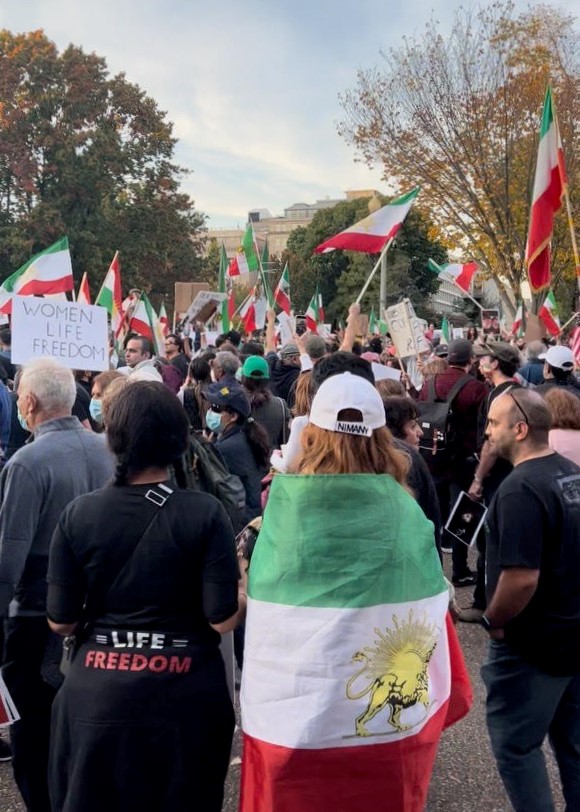“Zan, Zendegi, Azadi.”
Those three words conveying “woman, life, freedom” echoed repeatedly as I scrolled through my Instagram feed, watching videos of young men and women marching past police shooting at the large crowd.
Anti-Islamic Republic protests ignited across Iran shortly after the death of Mahsa (Zhina) Amini, a 22-year-old Kurdish-Iranian woman who lost her life on Sep. 16 in the custody of the Iranian morality police for her “improper” Hijab, meaning her attire failed to fully cover her arms and head. While Iranian authorities claim that Amini died of a heart attack, her family and protestors across the country firmly believe that she was murdered by the police, according to Time.
Cover-up stories for murder, torture and arbitrary arrests by Iranian officials and authorities are not of novelty to the Iranian people: we hear them every year, every month, every week and now, every day.
Sadly, Iranian forces are no longer a threat to only the youth. On the morning of Oct. 1, I paced around my living room after hearing that my grandfather in Iran had left the house for a walk. Minutes before my repeated attempts to call my grandparents’ house, my phone screen lit up with footage of burning streets, protestors and bypassers being shoved into police vans, and the shooting guns of the Basij, the Islamic Republic’s parliamentary militia.
Fear that my grandfather might have been arrested for being in the wrong place made me nauseous. Finally hearing from him, although a relief, only fed my pain as I wondered if Iranian families experience this daily; if fear is going to be my people’s eternal punishment for standing up to an oppressive Hijab policy.
As a female Iranian immigrant, the concept of mandatory Hijab is not new to me. Until the age of nine, my school days were spent in a long green tunic, flabby pants, and a Hijab that seemed to hide my entire identity.
For an Iranian girl like myself, nine is the age of a painful “maturity;” a step towards a fearful womanhood; the beginning of a life when violation of Sharia law entails vicious punishments by the police rather than just teachers.
I feel a special connection with the woman-led movement in Iran not only because I wish to return to an Iran where I feel free as a woman, but because the crowds are full of passionate young women, many of them my age.
Having the privilege of living optimistically in a free land as a 17-year-old Iranian girl means that my pain is dramatically intensified when I hear about the death of Sarina Esmailzadeh and Nika Shakarimi, 16-year-old teenagers whose skulls were smashed with batons and bullets for waving their Hijabs in the air, demanding their human rights.
I feel guilty as I walk my school’s hallways, thinking of the 18-year-old students at Sharif University being locked into their dorm rooms or carried out of their classrooms before getting arrested and mercilessly shot for their acts of protest.
I find myself immensely fortunate to live in the U.S. while my extended family is forced to reside in danger, but the most recent upheavals in Iran have reminded me that my privilege is taken for granted too often. Over the past few weeks, the words “Zan,” “Zendegi” and “Azadi” have taken on the new meanings of power, hope and expression in my mind. The brave young people of Iran protesting for peace are testament to the fact that the youth is the future of freedom, and Iranian women are the emblems of our strength.
This story was originally published on The Purple Tide | The Knightly News on November 16, 2022.

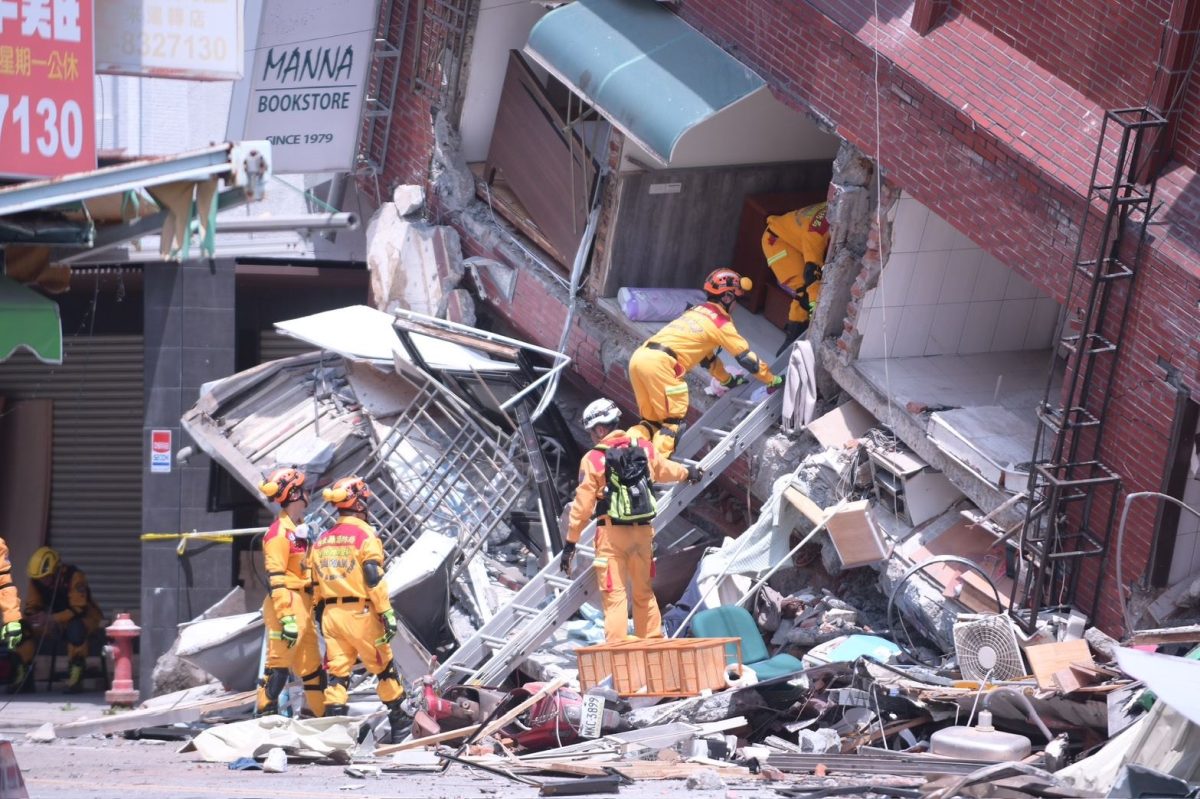
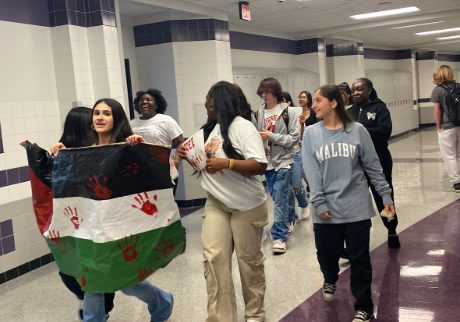

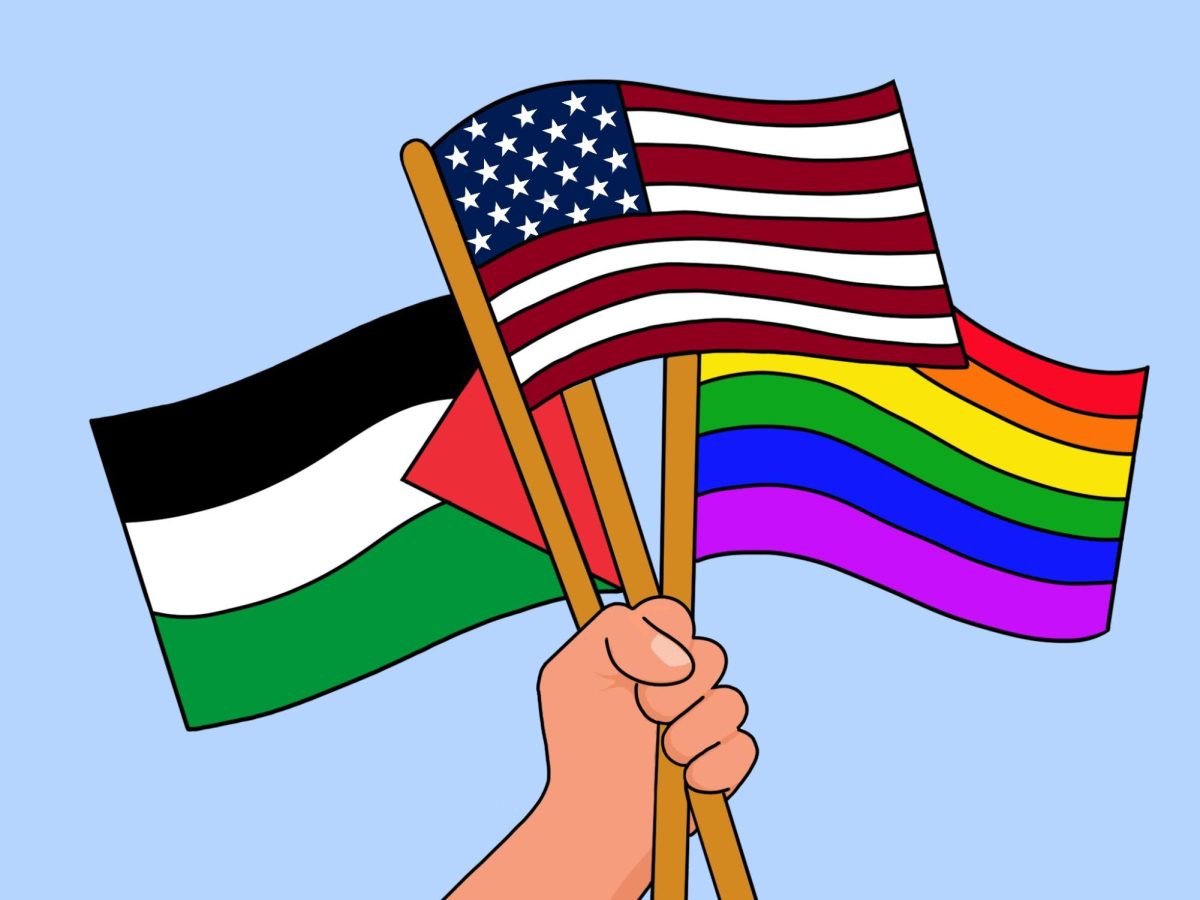
![With the AISD rank and GPA discrepancies, some students had significant changes to their stats. College and career counselor Camille Nix worked with students to appeal their college decisions if they got rejected from schools depending on their previous stats before getting updated. Students worked with Nix to update schools on their new stats in order to fully get their appropriate decisions. “Those who already were accepted [won’t be affected], but it could factor in if a student appeals their initial decision,” Principal Andy Baxa said.](https://bestofsno.com/wp-content/uploads/2024/05/53674616658_18d367e00f_o-1200x676.jpg)
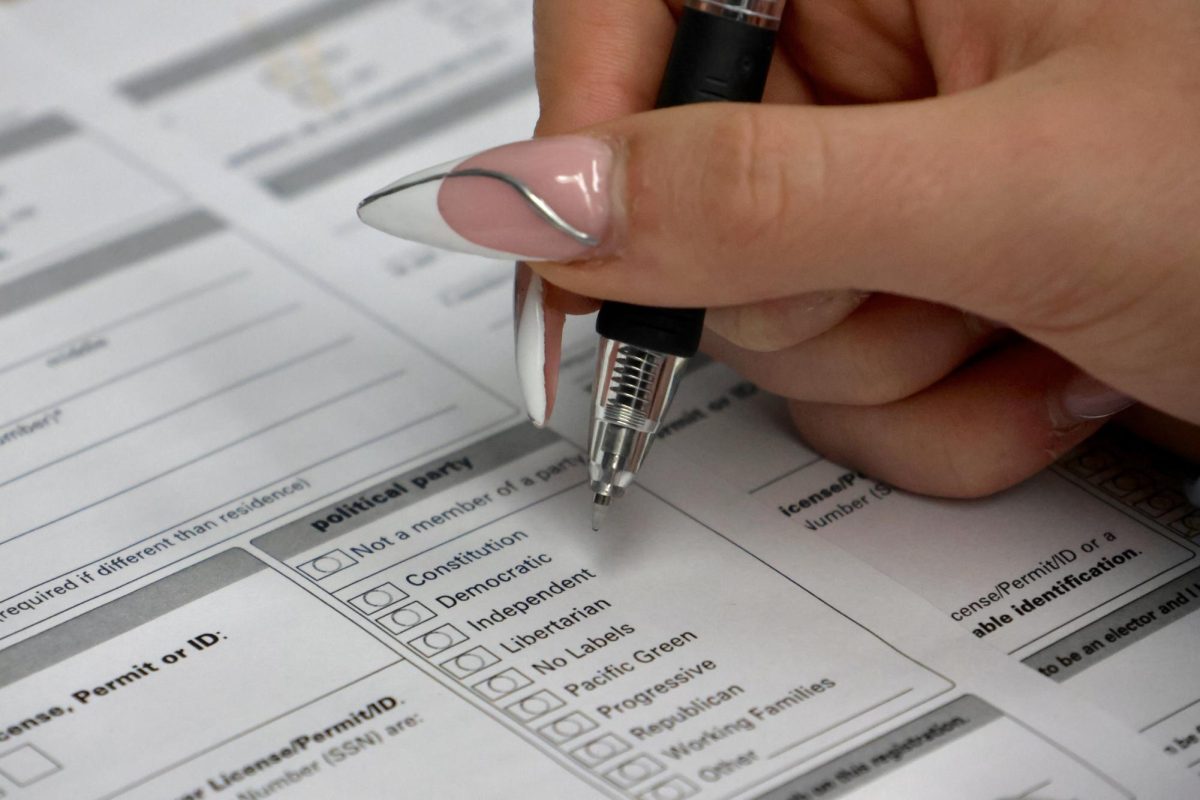


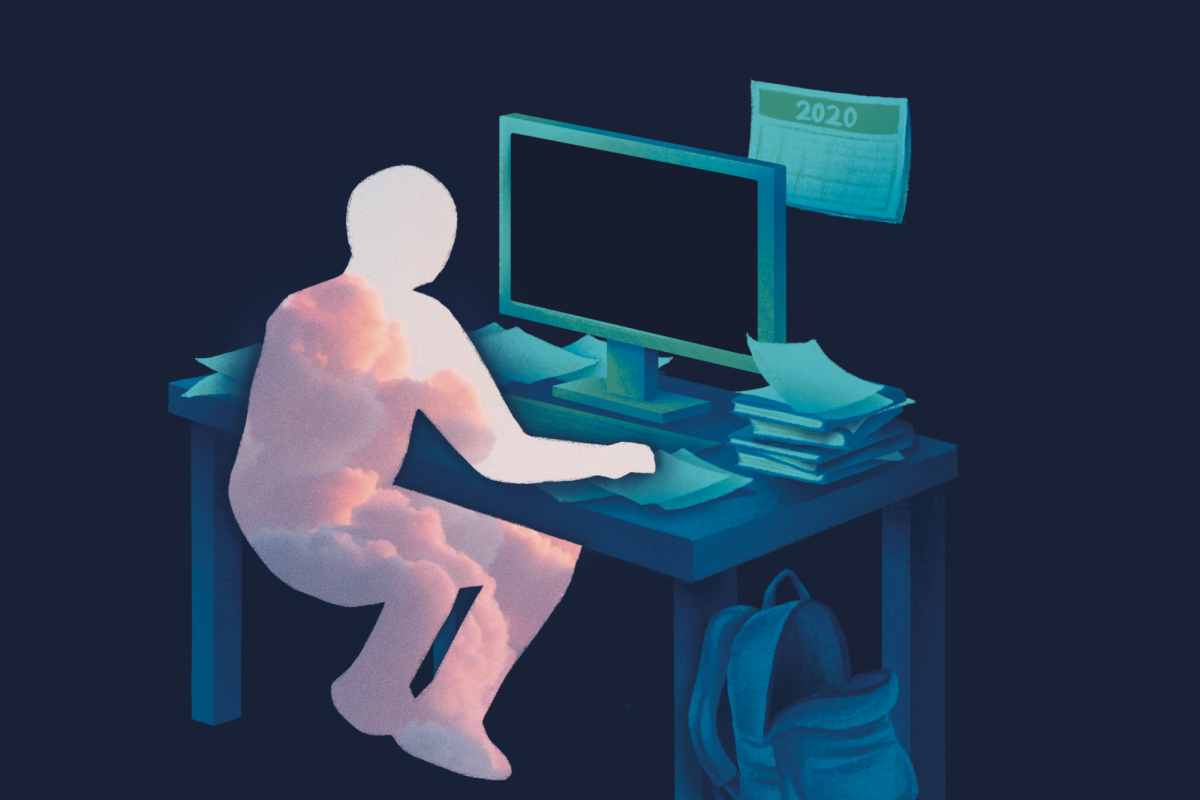


![Junior Mia Milicevic practices her forehand at tennis practice with the WJ girls tennis team. “Sometimes I don’t like [tennis] because you’re alone but most of the time, I do like it for that reason because it really is just you out there. I do experience being part of a team at WJ but in tournaments and when I’m playing outside of school, I like that rush when I win a point because I did it all by myself, Milicevic said. (Courtesy Mia Milicevic)](https://bestofsno.com/wp-content/uploads/2024/06/c54807e1-6ab6-4b0b-9c65-bfa256bc7587.jpg)

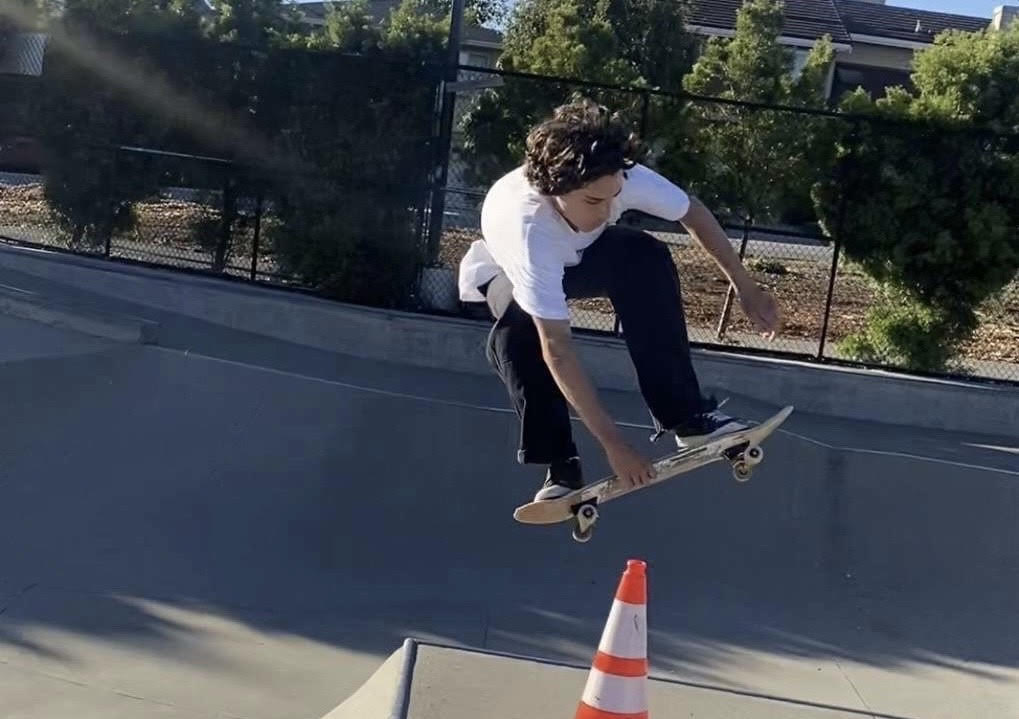

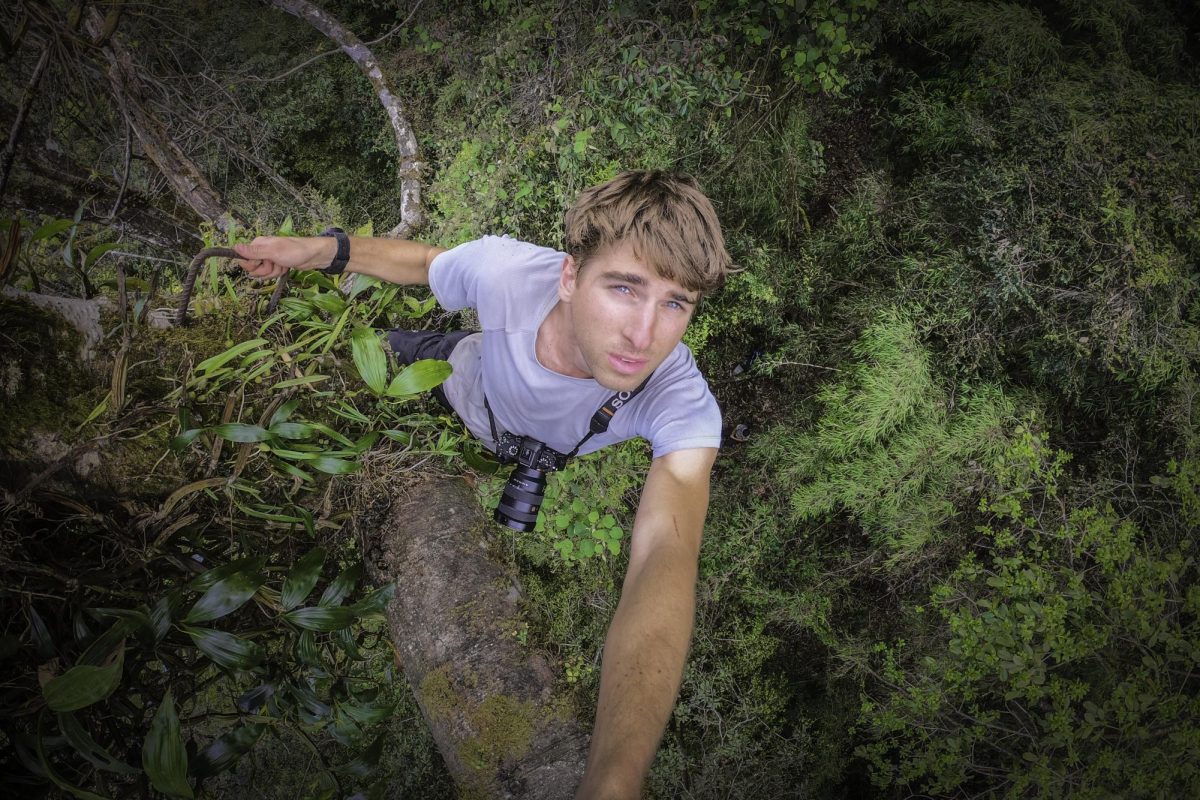

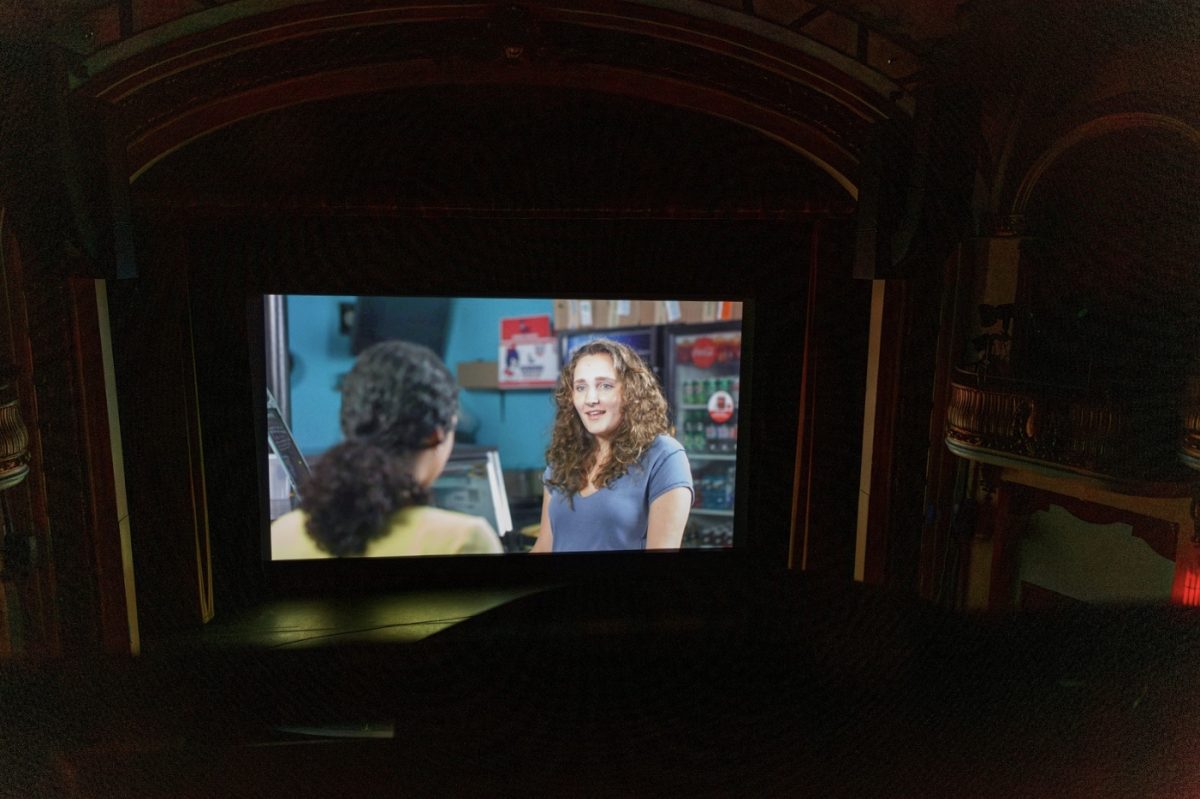

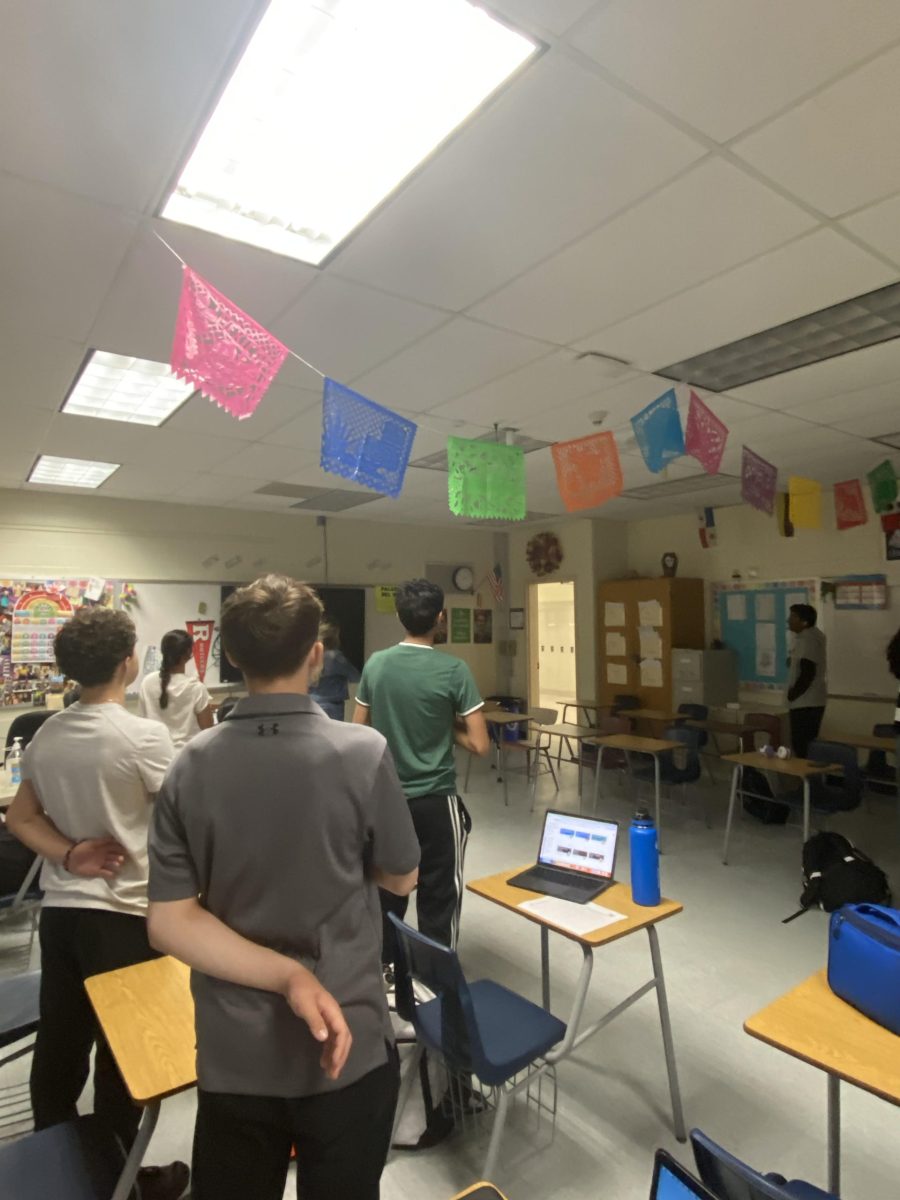
![The Jaguar student section sits down while the girls basketball team plays in the Great Eight game at the Denver Coliseum against Valor Christian High School Feb. 29. Many students who participated in the boys basketball student section prior to the girls basketball game left before half-time. I think it [the student section] plays a huge role because we actually had a decent crowd at a ranch game. I think that was the only time we had like a student section. And the energy was just awesome, varsity pointing and shooting guard Brooke Harding ‘25 said. I dont expect much from them [the Golden Boys] at all. But the fact that they left at the Elite Eight game when they were already there is honestly mind blowing to me.](https://bestofsno.com/wp-content/uploads/2024/05/IMG_7517-e1716250578550-900x1200.jpeg)

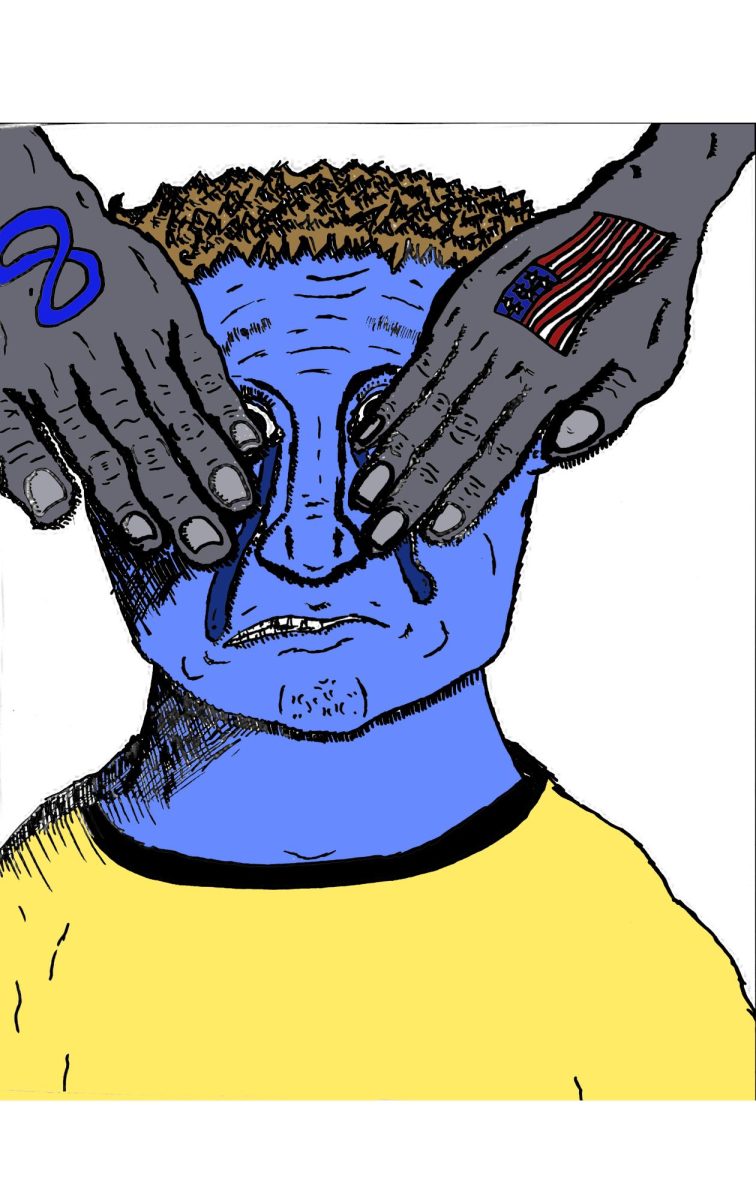

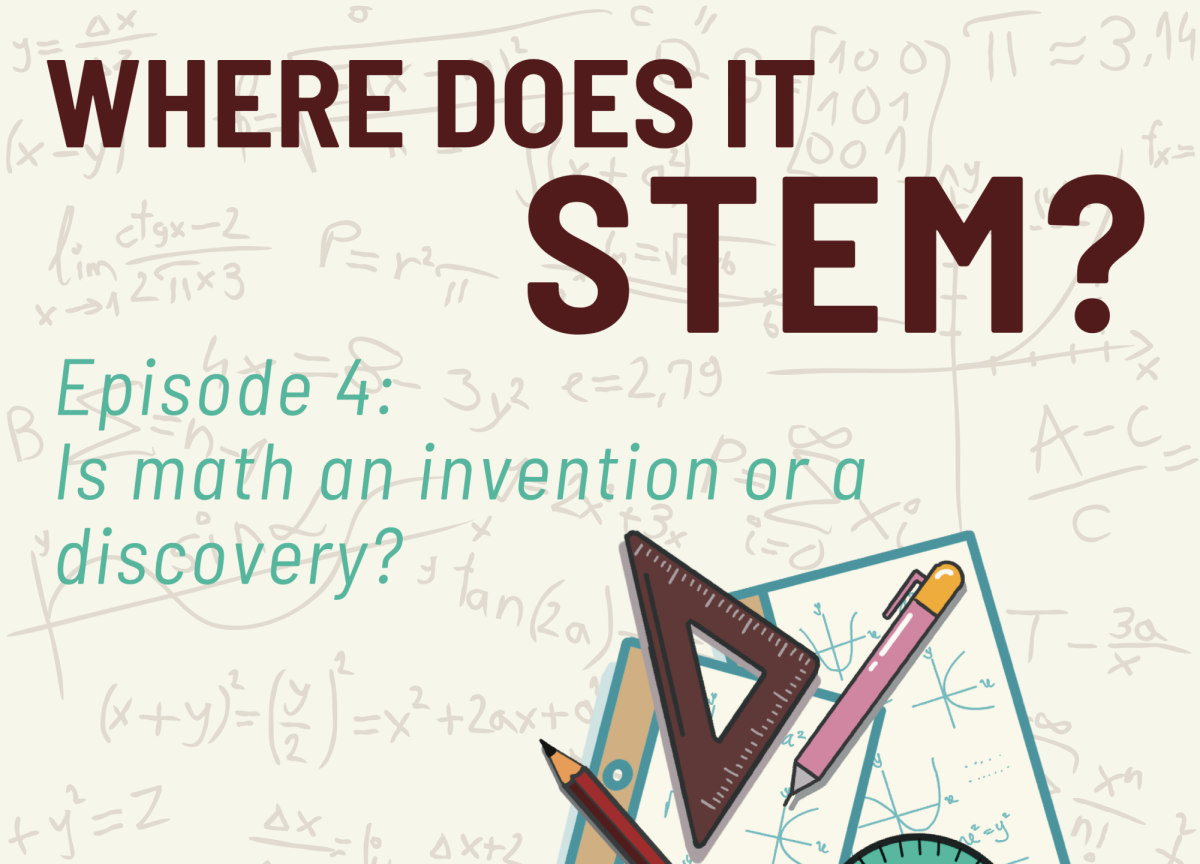

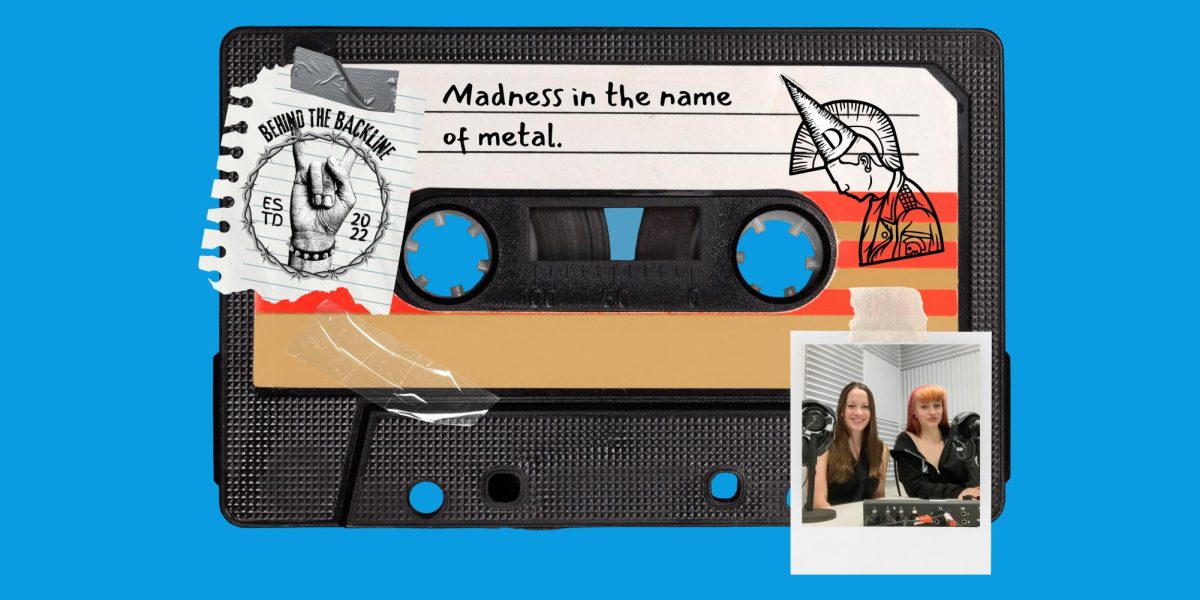
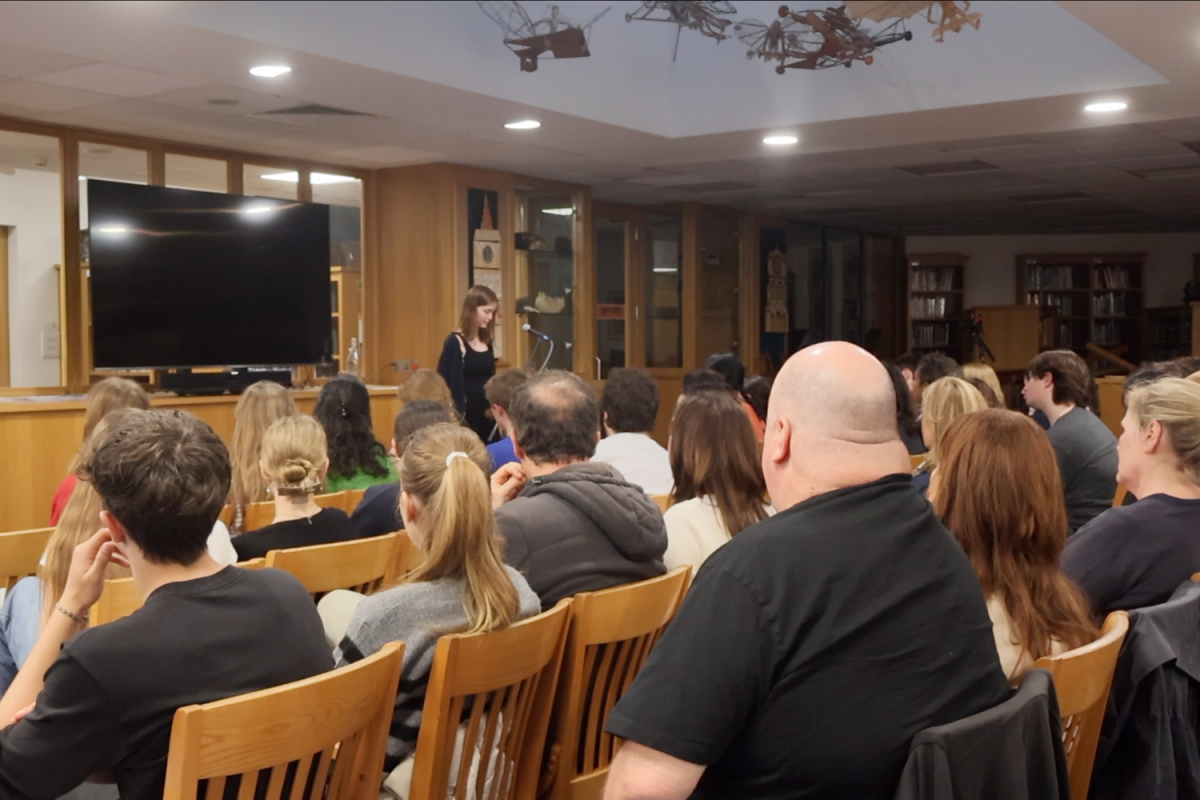


![BACKGROUND IN THE BUSINESS: Dressed by junior designer Kaitlyn Gerrie, senior Chamila Muñoz took to the “Dreamland” runway this past weekend. While it was her first time participating in the McCallum fashion show, Muñoz isn’t new to the modeling world.
I modeled here and there when I was a lot younger, maybe five or six [years old] for some jewelry brands and small businesses, but not much in recent years,” Muñoz said.
Muñoz had hoped to participate in last year’s show but couldn’t due to scheduling conflicts. For her senior year, though, she couldn’t let the opportunity pass her by.
“It’s [modeling] something I haven’t done in a while so I was excited to step out of my comfort zone in a way,” Muñoz said. “I always love trying new things and being able to show off designs of my schoolmates is such an honor.”
The preparation process for the show was hectic, leaving the final reveal of Gerrie’s design until days before the show, but the moment Muñoz tried on the outfit, all the stress for both designer and model melted away.
“I didn’t get to try on my outfit until the day before, but the look on Kaitlyn’s face when she saw what she had worked so hard to make actually on a model was just so special,” Muñoz said. “I know it meant so much to her. But then she handed me a blindfold and told me I’d be walking with it on, so that was pretty wild.”
Caption by Francie Wilhelm.](https://bestofsno.com/wp-content/uploads/2024/05/53535098892_130167352f_o-1200x800.jpg)







